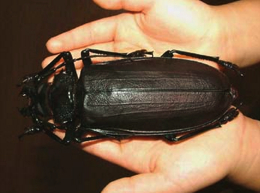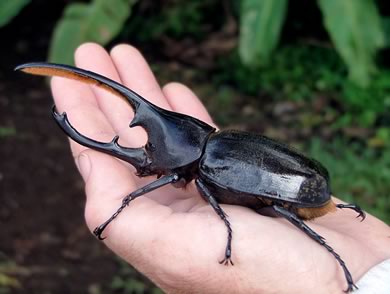If you’ve got some dry ice, why not gather friends and family and try your hand at making a large dry ice bubble? This is especially fun at Halloween, so we like to call it a “Ghost Bubble.” Who knows? Maybe you will see your future inside the Ghostly Sphere.
You will need
- Medium size bowl with a rim
- Small bowl
- Liquid dish soap
- 20 inch by 2 inch strip of absorbent cloth (cut up t-shirts work great)
- Warm Water
- Dry Ice – Available at some grocery stores and ice suppliers
CAUTION!: NEVER touch dry ice with your bare hands.
Always wear thick gloves and keep away from children.
NEVER place dry ice in a completely enclosed container.
What to do
- Fill each bowl halfway with water. In the small bowl, add a good squirt of liquid soap (we like Dawn Concentrate) and stir it up.
- Get the rim of the larger bowl wet with regular water using your fingers.
- Add the dry ice to the large bowl. Admire the sights and sounds of bubbling dry ice.
- Now the tricky part, dip the cloth into the soapy water to get it wet but not dripping wet. Pull the cloth strip so that it is taut and pass it across the entire rim of the medium bowl to create a soap bubble “skin” over the bowl. It may take several tries – don’t give up!
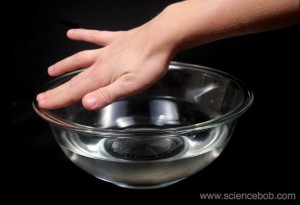
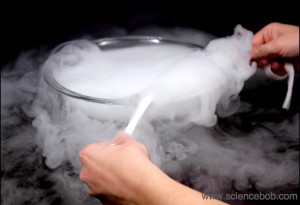
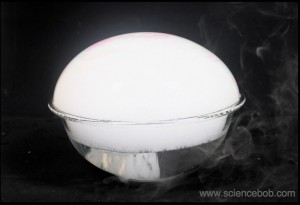
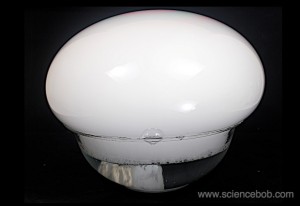
Once you get it, the bubble will expand as gas is released and it will rise to create your own ghost bubble sphere. After the soap gets into the water with the dry ice, you are treated to soap bubbles filled with dry ice mist!
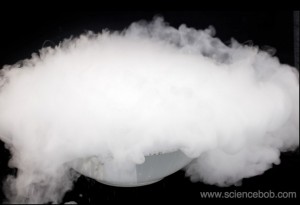
Don’t worry about your bubble popping. We think that’s the coolest part!

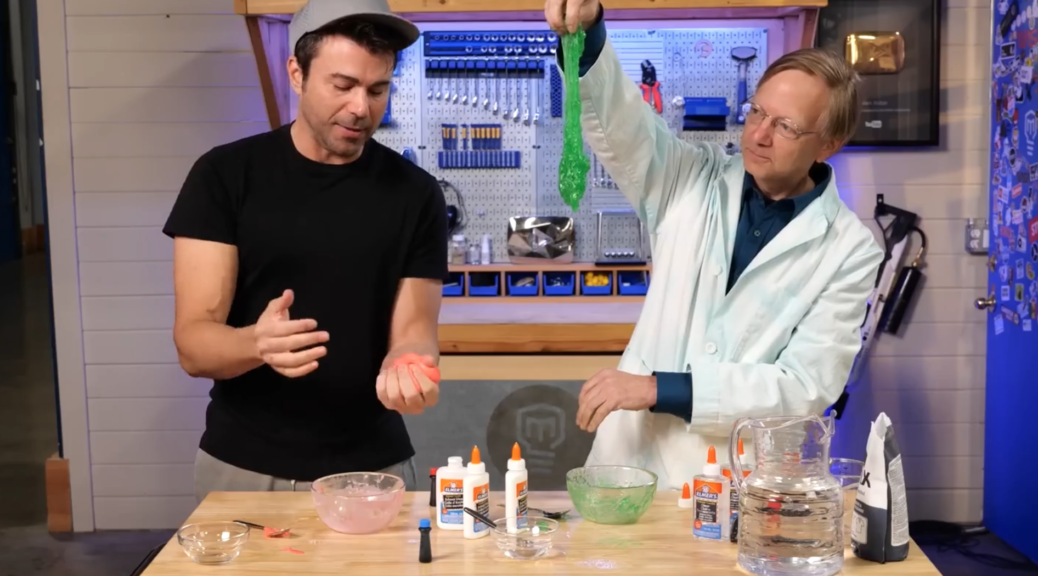
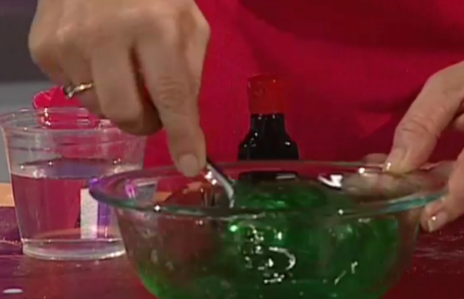
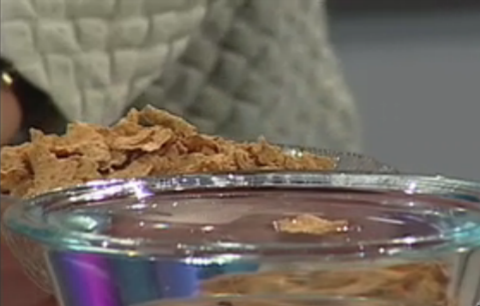
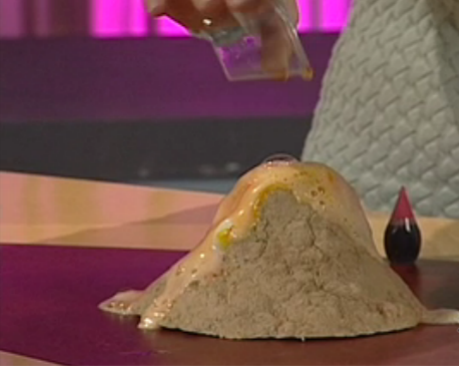

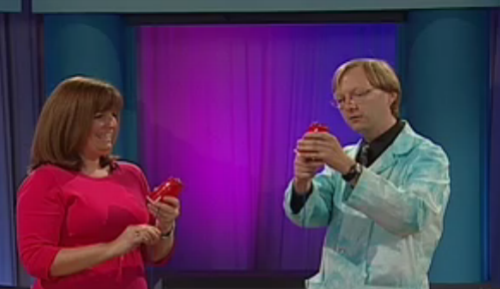

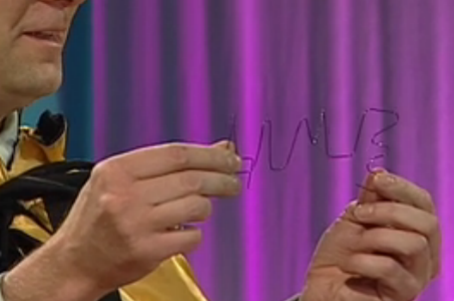

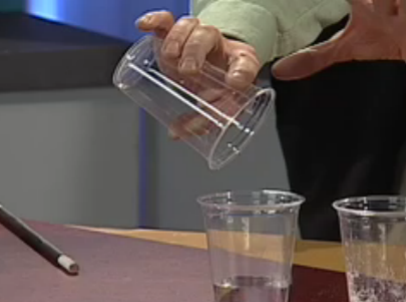
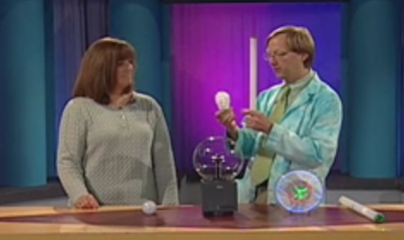

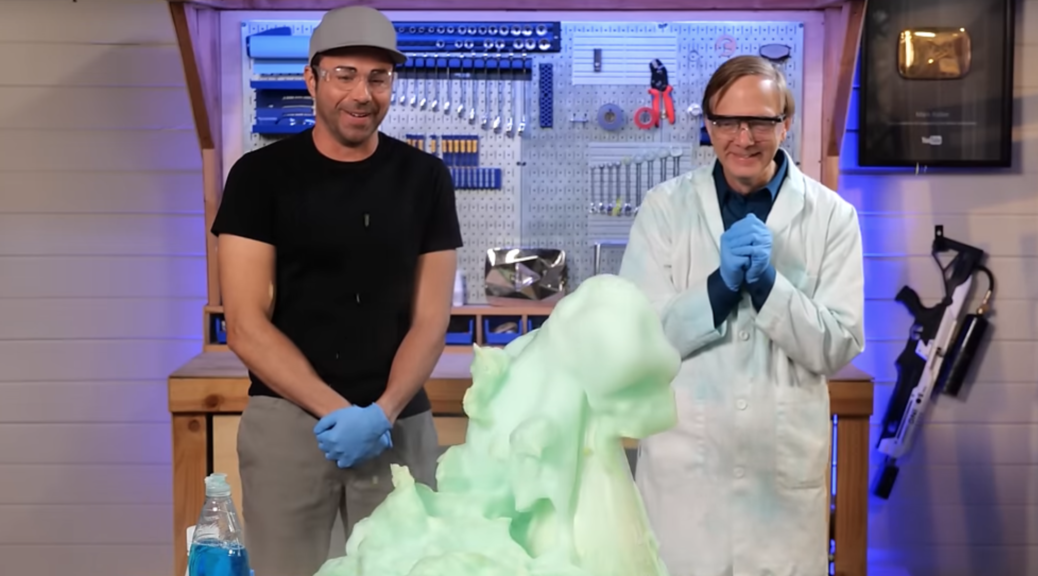



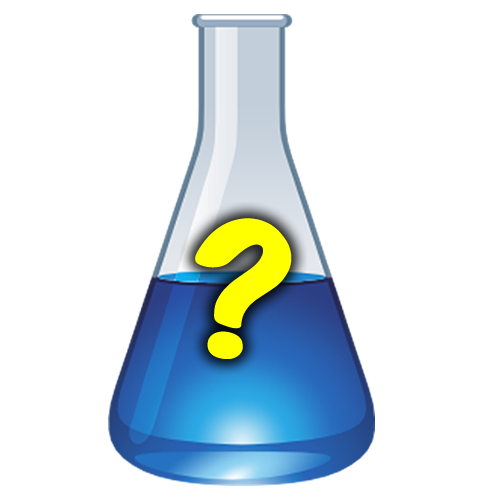
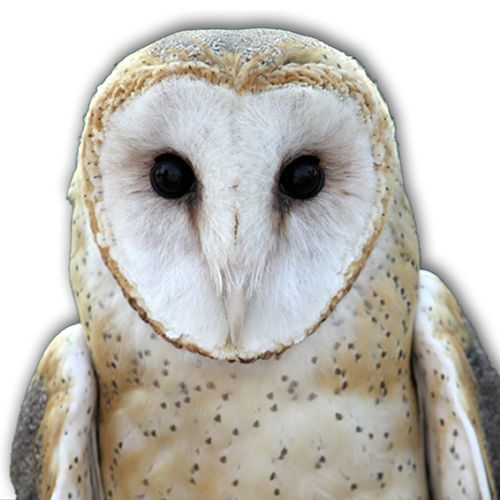






 Rhinoceros Beetle
Rhinoceros Beetle